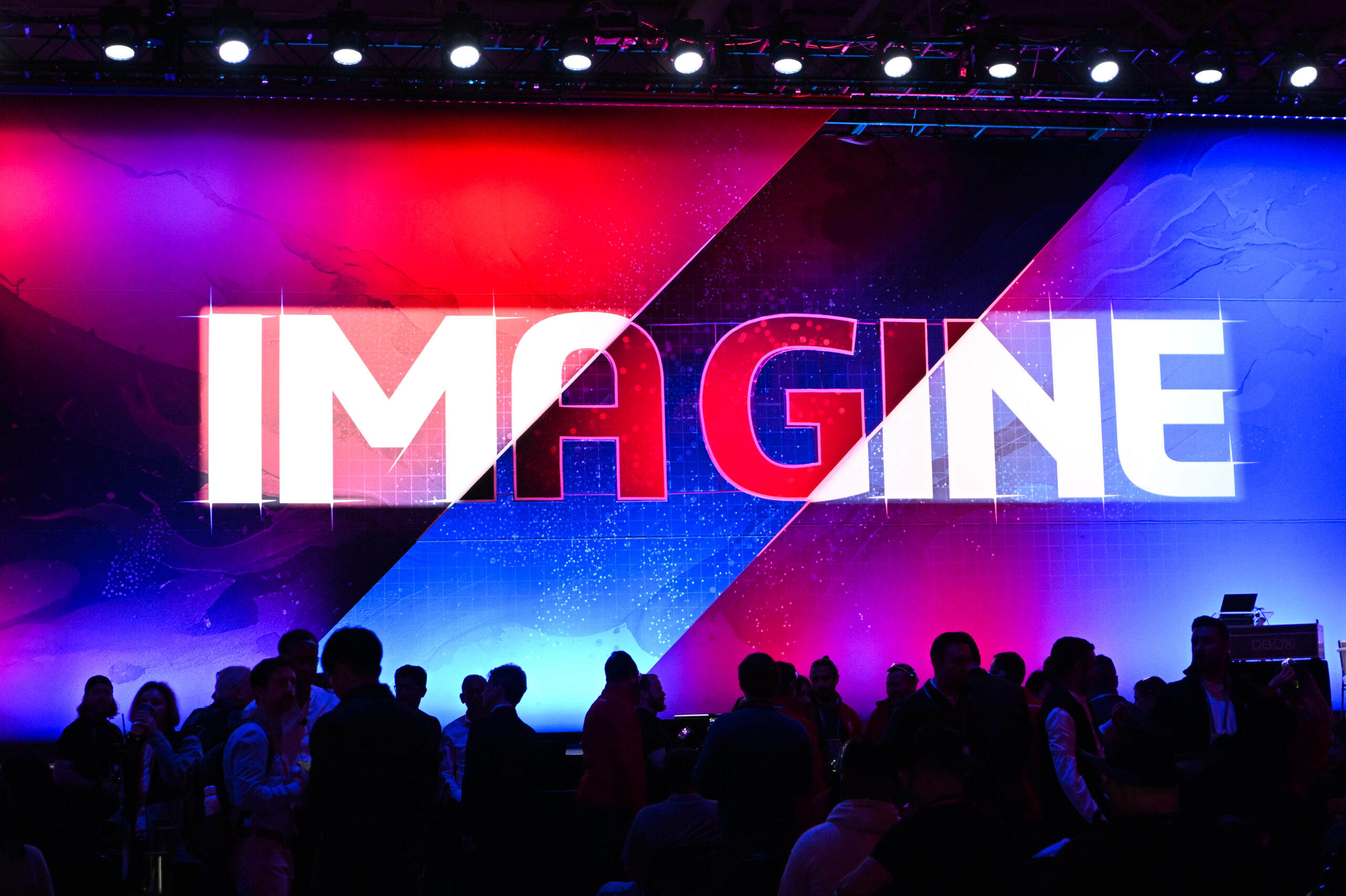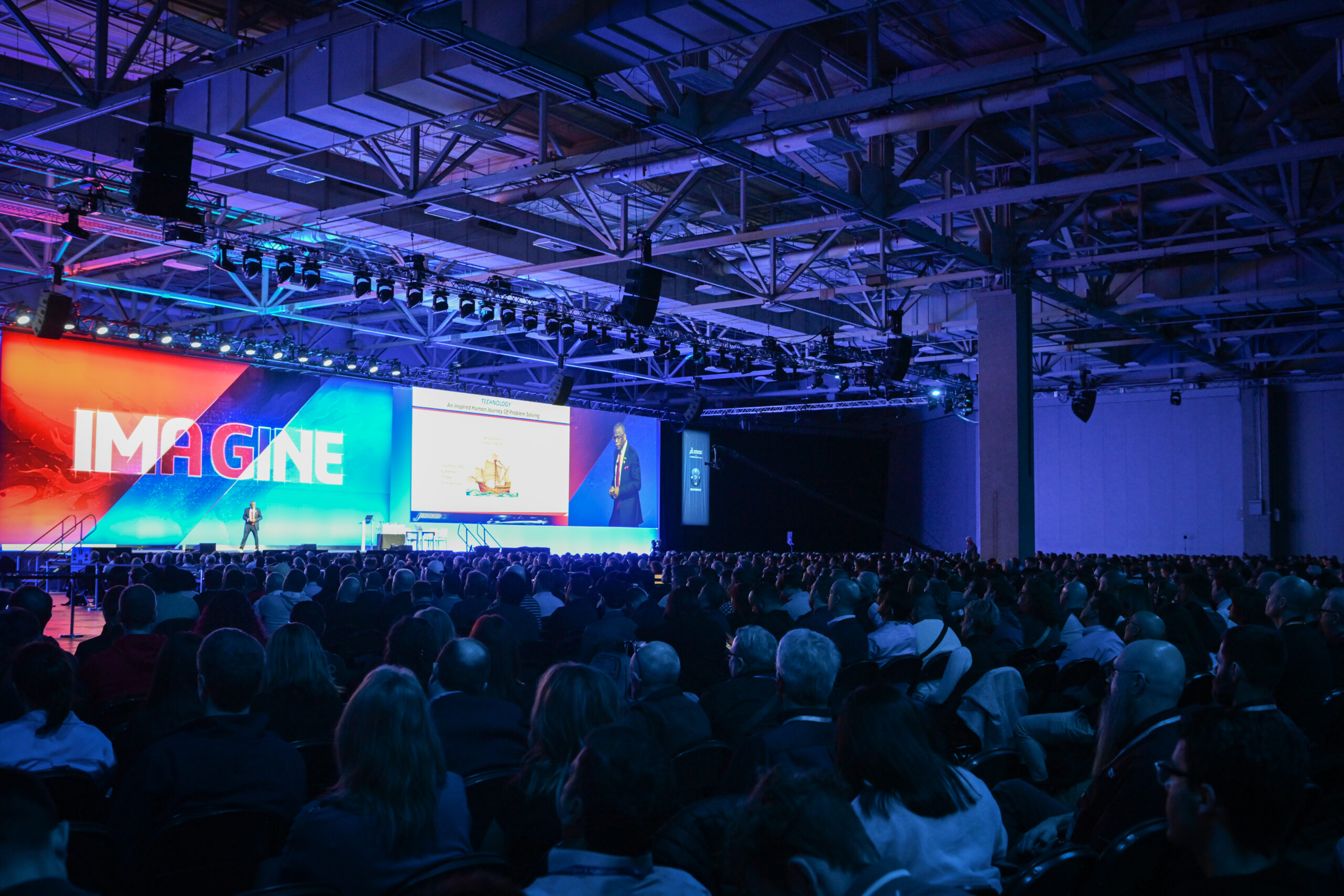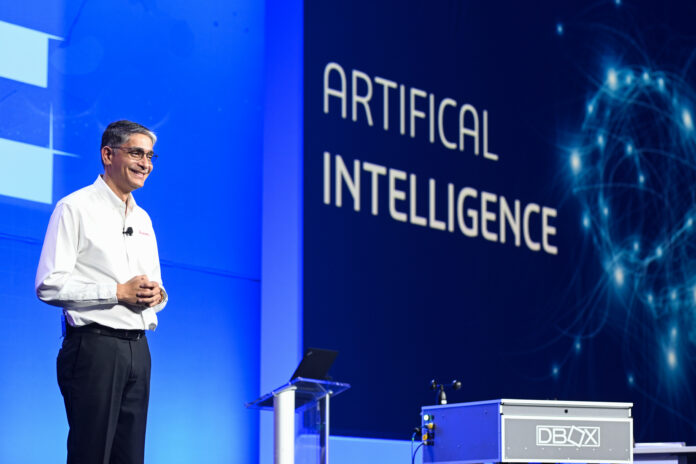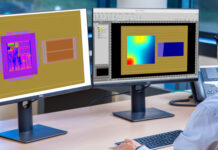After a long break, I had the wonderful opportunity to attend the 25th Anniversary edition of 3DEXPERIENCE World 2024 by Dassault Systèmes, which took place in Dallas, Texas, from February 11-14. Many announcements were made at the event, including upgrades to the efficiency and ease of use of SOLIDWORKS and 3DEXPERIENCE Works 2024. Mark Peterson, Senior Industry Process Consultant at Dassault Systèmes, addressed the topic “What’s new in SOLIDWORKS and 3DEXPERIENCE Works 2024.” Peterson said the latest version of the software will open up new possibilities for improving the way 3D models are designed, communicated and managed. To this end, he focused on 3 fundamental pillars: work smarter, faster and together.
Another significant announcement at the conference was the breaking news that Cadence Design Systems and Dassault Systèmes announced their strategic partnership to include enhanced integration of OrCAD X and Allegro X with the 3DEXPERIENCE Platform and SOLIDWORKS. This should really have an impact on allowing even more integration into the 3DEXPERIENCE platform.
Artificial Intelligence: The Future of Design?
Artificial Intelligence (AI) was the hot topic throughout 3DEXPERIENCE World 2024. I had the opportunity to interview two of the leaders in the area of AI at Dassault: Shrikant Savant, SOLIDWORKS Data Analysis & Science Director at Dassault Systèmes, and Manish Kumar, SOLIDWORKS CEO I R&D Vice President at Dassault Systèmes. As we spoke, one of the messages that kept coming across from both of these leaders is that SOLIDWORKS has affectively been using AI for years if not decades via its substantial use of simulation and design data analysis. As Kumar mentioned during his presentation, the group doing work on AI suddenly went from an obscure research group with a few dedicated engineers, to the most sought-after group in the company almost overnight.
I asked the obvious follow up question about AI: if SOLIDWORKS has been using AI methods for years, what has changed in the use of it now? Are you doing anything different now that AI has it the mainstream? The answer, as usual with SOLIDWORKS, can be found in the tools that are already assisting design engineers. For example, SOLIDWORKS’ Design Assistant is ideally suited to utilize Machine Learning (ML) concepts to optimize design engineering workflows via its ability to learn about your design preferences. With the power of AI and machine learning, the Design Assistant learns from you and makes suggestions based on your design, automating and removing tedious and repetitive tasks. Every time you use the parametric, sheet metal, and structure design tools in SOLIDWORKS Cloud, the AI learns from you and is able to make better recommendations based on the way you like to design, continually evolving and learning from your particular choices. To be more specific, tools like Mate Helper automatically inserts multiple instances of components into your assembly by recognizing and suggesting locations for replication, whereas Section Helper predicts and suggests which of your model’s entities you should select next.

These tools are based on learning from your unique design preferences, but what about Generative AI for design? I asked Savant if SOLIDWORKS plans to create and use models and platforms similar to the ChatGPT model but for engineering design? The idea here would be to scour the internet and design databases for content, and then come back to the user with design preferences and recommendations based on existing designs, similar to how ChatGPT creates text documents based on existing text online. In this case algorithms would be created to teach the AI design platform how to properly formulate designs on demand. Kumar and Savant mentioned that there are several problems with this approach.
First of all, engineering designs are much more protected than articles of text and oftentimes they are even patented. This means that, even though there is plenty of engineering data out there, it is not available to use, especially by possible competitors that are working on similar projects. The other major problem with generative AI engineering design is that it is just too complex. Text follows a simple set of grammatical rules that are relatively easy to predict. Engineering designs have many more variables and each design is unique with different materials, sizes, strengths and complex forms. It is not as simple as generating a sentence.
Finally, there is the problem of processing power. ChatGPT and the other major GAI players are processing large amounts of data that is being fed out to the internet on a massive scale. This is creating high demands on processing power and the invention of custom designed microprocessors to handle these unique processing tasks. This means that AI generated engineering designs, with their lower user base but much higher demand for processing power per request, is going to require that all of the processing occur in the cloud. Companies like Dassault Systèmes offering SOLIDWORKS software therefore must continue to expand their Cloud-based offers and capabilities.

These are all big challenges, but challenges that can be overcome. In regards to the issue of proprietary design data not being available to use for generative AI projects, Kumar mentioned an incentivized data sharing model, similar to a consumer credit bureau, where banks provide protected consumer credit data to the central data base in order to be able to use the data from all participating banks for their own analysis of the credit risk of their potential client. Not all companies would agree, but perhaps some of the data could be shared, allowing all participants to generate complex designs faster and on demand. I should point out that both Kumar and Savant, in separate interviews, insisted that Dassault Systèmes is extremely careful with using their customers’ design data, and would never use any data for generative AI without the express written agreement of their customers.
It is fascinating to imagine that someday engineers might be able to design complex products in minutes. Even though this day may be far in the future, it is encouraging to see companies like Dassault Systèmes taking advantage of AI’s existing possibilities today and working diligently to make AI generated designs a reality in the future.






